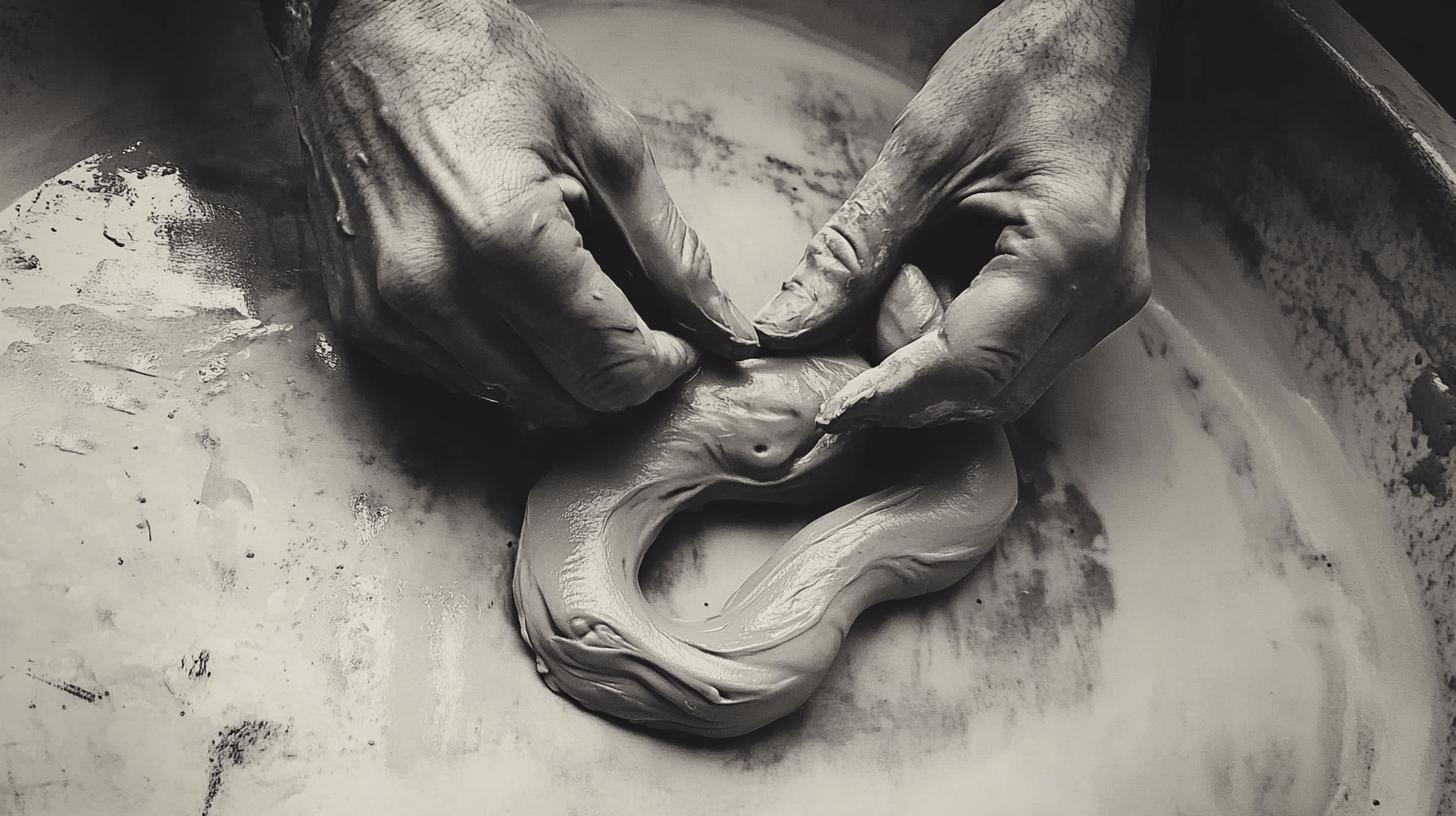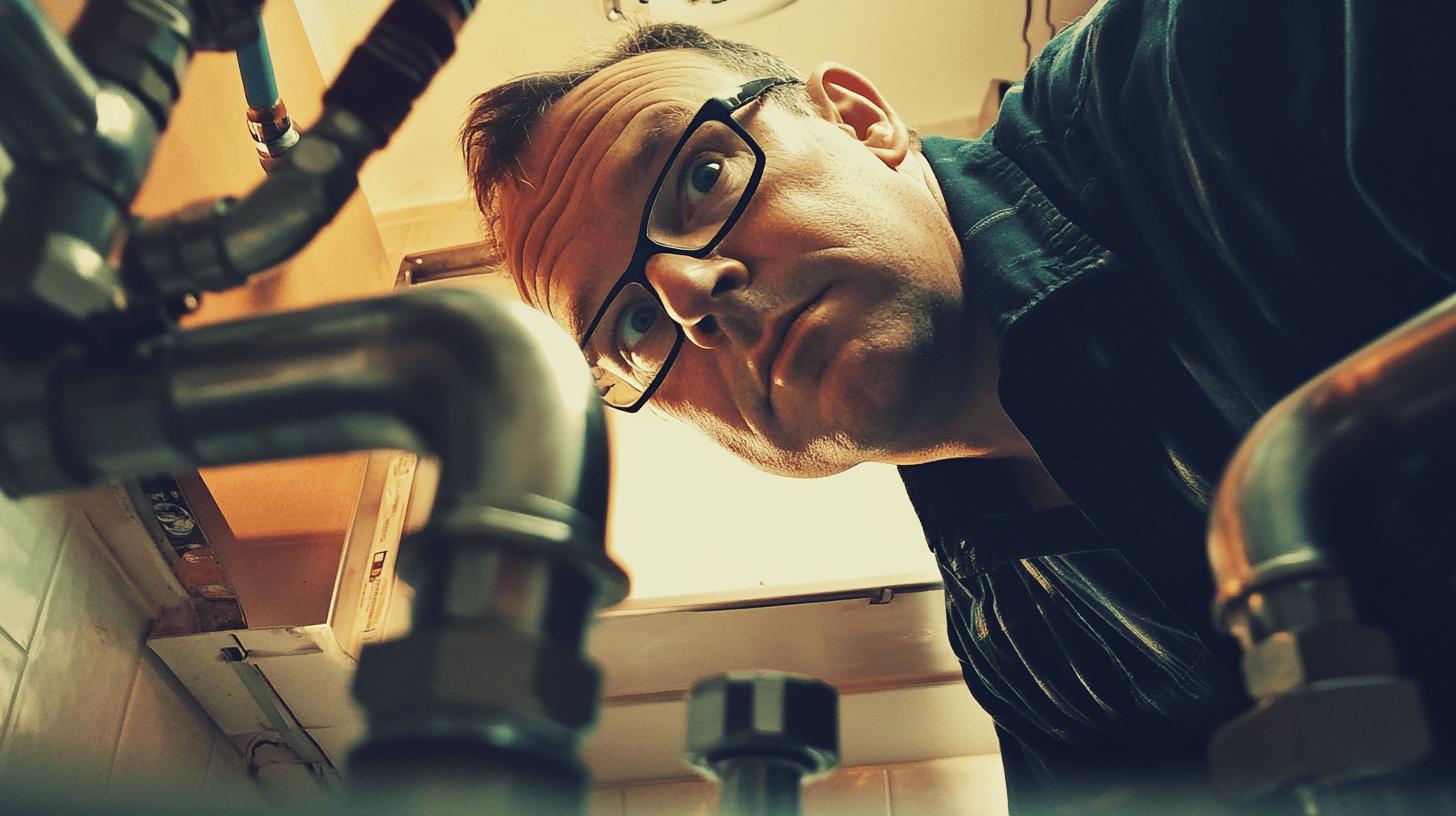TL;DR:
- Plumber’s putty is a non-sticky compound used for watertight seals in plumbing; ideal for temporary, low-pressure fixes.
- Common uses include sealing sinks, securing faucets, and setting shower drains.
- Not suitable for high-pressure areas, plastics (like Acrylic/ABS), or permanent fixes.
- Application steps: clean/dry the area, roll putty, press into place, and tighten fixtures.
- Compared to silicone sealant, plumber’s putty is soft, temporary, while silicone hardens for durable, permanent seals.
- Alternatives for tough leaks include silicone sealants, epoxy, Teflon tape, and professional plumbing services for complex issues.
Is plumber’s putty the fix you need for annoying leaks? It’s great for sealing spots like sinks and faucets, keeping water from escaping. But if you’re dealing with high-pressure leaks, it might not do the job. Knowing when and how to use plumber’s putty can save you time and stress. Stick around to figure out where it works best—and when it’s better to call a pro.
Understanding Plumber’s Putty and Its Uses
Plumber’s putty is a soft, easy-to-shape compound used to seal plumbing fixtures and stop leaks. Made from clay and oil, it’s great for temporary seals since it’s easy to adjust or remove. But it’s not meant for high-pressure leaks or permanent fixes.
You’ll mostly see it used for installing things like faucets and sink strainers to keep water where it belongs. It’s perfect for quick, low-pressure jobs but not for anything needing a strong, long-term seal.
Common uses of plumber’s putty include:
- Sealing sinks
- Securing faucets
- Setting shower drains
- Sealing pop-up drains
- Preventing leaks in specific plumbing spots
Plumber’s putty isn’t for everything. It’s not strong enough for high-pressure leaks and can damage plastics like acrylic or ABS. If you’re dealing with tricky plumbing issues or unsure what to use, it’s best to call a pro. They’ll use the right materials and techniques to avoid making things worse.
How to Properly Apply Plumber’s Putty

Using plumber’s putty is easy, but prepping the surface is key. Make sure it’s clean and dry—dirt can mess up the seal, and moisture can keep it from sticking. Once it’s ready, apply the putty for a snug, adjustable seal that gets the job done.
Here’s a guide to applying plumber’s putty:
- Clean the area thoroughly.
- Dry the surface completely.
- Roll the putty into a snake shape.
- Press the putty into place.
- Tighten the fixture to seal it.
- Remove any extra putty.
Plumber’s putty works best on clean, dry surfaces. Prepping properly prevents leaks and ensures a strong seal. Always make surface prep your top priority for the best results.
When Not to Use Plumber’s Putty
Plumber’s putty isn’t great for high-pressure spots or places needing strong adhesion. It’s made for low-pressure seals and stays soft, making it perfect for areas where you might need to remove or adjust it later.
Avoid using plumber’s putty in:
- High-pressure leak areas
- On plastics like Acrylic or ABS
- Areas needing adhesive
- High-temperature settings
For leaks that plumber’s putty can’t handle, go for silicone sealants, epoxy, or Teflon tape. They’re better for permanent fixes or high-pressure spots. If you’re unsure, a professional plumber can help choose the best option.
Plumber’s Putty vs. Silicone: A Comparison
![]()
Plumber’s putty and silicone sealant work differently. Putty stays soft, so it’s easy to adjust and is great for temporary seals, like around faucets or sink strainers. Silicone hardens into a strong, lasting bond, making it better for high-pressure spots like shower joints. Use putty for low-pressure areas and silicone for tougher, watertight seals.
| Feature | Plumber’s Putty | Silicone Sealant |
|---|---|---|
| Consistency | Soft and malleable | Hardens upon curing |
| Application | Temporary seals, easy adjustments | Permanent seals, high-pressure environments |
| Use Cases | Faucets, sink strainers | Showers, bathtubs |
Deciding between plumber’s putty and silicone depends on what you need. Pick plumber’s putty for flexible, temporary seals and silicone for strong, permanent fixes that handle pressure. Knowing the difference ensures your repair lasts.
Alternatives and Solutions for Leak Repairs
Plumber’s putty works well for temporary, low-pressure leaks but isn’t great for high-pressure or adhesive-heavy fixes. Silicone sealants and epoxy are better for permanent, pressure-resistant solutions. For tricky leaks, calling a professional plumber is your best bet.
Here’s what to use for leaks plumber’s putty can’t handle:
- Silicone sealants
- Epoxy compounds
- Professional plumbing services
- Teflon tape for threads
- Rubber gaskets
Choosing the right solution for your leaks is important. Each option has its strengths, so picking the right one ensures a long-lasting repair. A professional plumber can offer expert advice and help prevent future issues, keeping your system in top shape.
Professional Plumbing Advice for Effective Leak Repairs

A professional plumber brings essential skills and tools for tackling plumbing issues, especially when things get tricky. They can accurately diagnose and fix problems, preventing future ones from cropping up. For major leaks or complicated issues like gas lines, DIY fixes might cause more harm than good. Hiring a pro ensures safe, reliable repairs and protects your property from further damage.
Final Words
Plumber’s putty is a handy solution for creating watertight seals in everyday plumbing tasks like installing faucets or sealing sink drains. While it’s versatile, it’s important to know it isn’t effective for high-pressure leaks or areas requiring strong adhesion. For those situations, silicone sealants or professional repairs are a better choice. Understanding where plumber’s putty works best helps you confidently handle simple plumbing tasks. For more complex issues, a professional plumber ensures lasting, effective repairs, keeping your plumbing system in top shape.
FAQ
Does plumber’s putty stop leaks?
Plumber’s putty is designed to create watertight seals around sinks and faucets, not specifically to stop leaks. It’s suitable for temporary seals, especially in low-pressure areas.
When should you not use plumber’s putty?
Avoid using plumber’s putty for high-pressure leaks, on plastic surfaces like Acrylic or ABS, in external environments needing a strong adhesive, and in high-temperature areas.
Does plumber’s putty harden?
Plumber’s putty does not harden; it remains pliable, allowing for easy removal or adjustments.
Will plumber’s putty stop a leak on a copper pipe?
Plumber’s putty is ineffective for stopping leaks on copper pipes. Consider using other solutions like silicone sealants or a professional repair.
How long does plumber’s putty last?
Plumber’s putty can last several years when applied correctly, though it is more of a temporary solution than a permanent fix.
How long does plumber’s putty take to dry?
Plumber’s putty does not dry or harden. It stays flexible, unlike sealants requiring curing time.
How to apply plumber’s putty on a kitchen sink?
Clean and dry the surface, roll the putty into a snake-like shape, press it around the sink area, tighten the fixture, and remove any excess.
Is plumber’s putty a permanent fix?
Plumber’s putty is typically not a permanent solution. It is used for temporary seals and minor repairs in suitable environments.
What do plumbers use to stop leaks?
For permanent and high-pressure leaks, plumbers often use silicone sealants, epoxy, or professional plumbing solutions instead of plumber’s putty.
Can putty stop water leakage?
Putty can temporarily stop water leakage around sinks or faucets, but it is not suitable for high-pressure or durable leak prevention.

